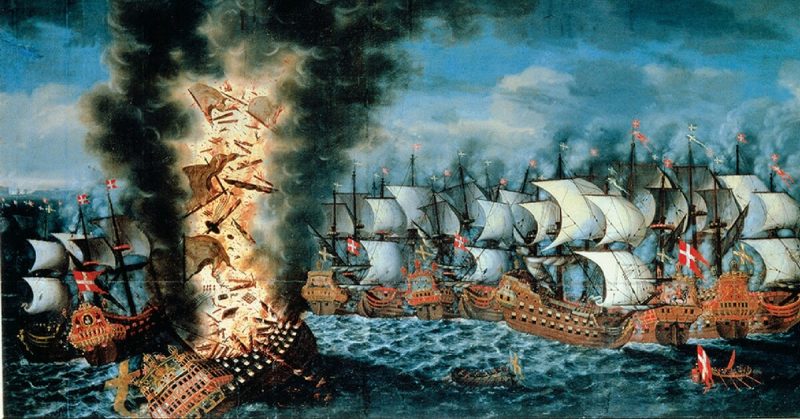Initially, this was to be a list of the largest non-nuclear explosions, but that list is massive. Humans had blown up incredible amounts of explosives countless times before the first nuclear bombs were unleashed.
Colossal explosions hit their heyday in WWI. The new and monumental explosive artillery shells were themselves dwarfed by the extensive underground mine blasts. They killed thousands and could be heard in London. Before WWI many of the immense explosions in battle were the result of an accident or a lucky shot hitting gunpowder stores. A few were planned causing devastation.
1566 The Siege of Szigetvár: Zrinski’s Revenge
Far from the largest on the list, this one gets credit for its boldness and effectiveness. The vast Ottoman army crashed upon the lightly defended fortress of Szigetvár. Croation defender Nikola Zrinski put up a hell of a fight with his 3,000 men against the more than 100,000 men of Suleiman’s army.
The Ottomans lay siege to the fort for over a month. The elderly Suleiman died before it was over. Down to a few hundred defenders, Nikola knew all would soon be lost as they could not stop the Ottomans from storming the walls. He lit a long, hidden fuse leading to the gunpowder stores. Long after the defenders and Nikola Zrinski were overrun and killed they got their revenge from beyond the grave. An enormous blast killed as many as several thousand of the victorious troops swarming the fortress.
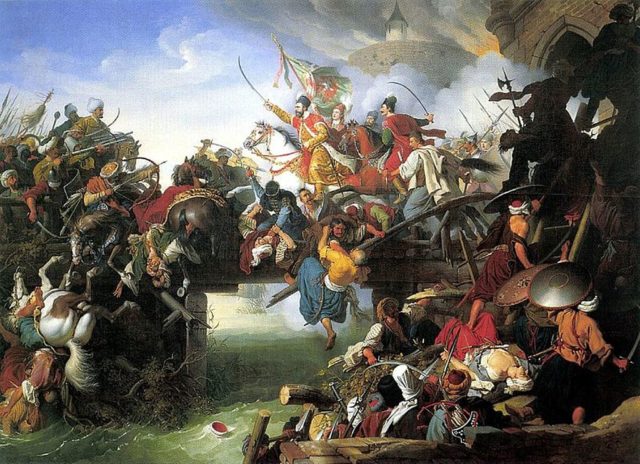
1585 Fall of Antwerp: The Barge Bomb
Out of all the famous families and dynasties of Medieval Europe, the Hapsburgs ruled over territories from Spain to Ireland, Mexico and the Holy Roman Empire. In the 1500’s many areas, including Antwerp, in modern Belgium, fought against the mighty Hapsburg armies. The Spanish army and navy set out to take the pearl of Northern Europe.
During the siege, the Spanish built a tremendous pontoon bridge, an impressive feat given its size. The Dutch defenders knew they needed to destroy the mainly wooden bridge and decided to use exploding fire ships.
The unmanned, drifting bombs had a chance of success so several were launched. All but one were intercepted or drifted ashore where they exploded but caused few losses. One fire ship did reach the pontoon, crashing into the boat and plank construction.
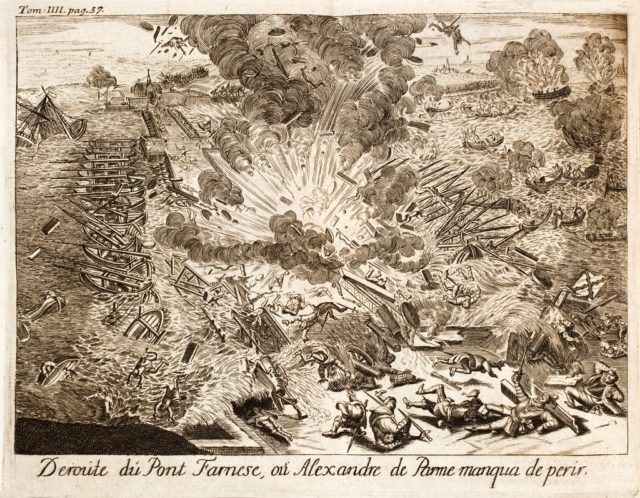
Many Spanish soldiers boarded the ship. They may have thought it was a dud or were bravely trying to douse the fuse or redirect the fire ship. It exploded with around four tons of explosives.
The blast killed as many as 800 men and caused a small tidal wave across the river. Despite the significant explosion, the bridge was repaired quickly, and Antwerp fell, but not without traumatizing any who witnessed the incredible blast.
1687: The Heartbreaking Destruction of the Parthenon
The Acropolis of Athens is a fantastic place to visit, even with the magnificent Parthenon mostly destroyed. Athens has built an amazing and innovative museum within walking distance of the main hilltop.
During the fierce wars between the Ottomans and Western Europe, the Venetians slipped into Greece and besieged Athens. Naturally, the Ottomans set up a fortified camp on the Acropolis, as it is an immensely advantageous and nearly unassailable position.
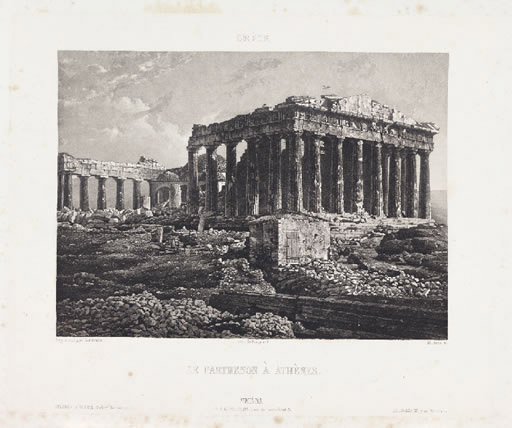
Believing the Venetians would not target such an iconic structure, the Ottoman commander stored most of his gunpowder stores inside the Parthenon. The Venetian commander either ordered a shelling of the great building or a stray round did the trick. Whatever the case a mortar set off the gunpowder. The explosion tore through the ancient building turning it into a ruin and killing as many as 300 Turks.
1810 Siege of Almeida: Lazy Handling and A Lucky Shot
Jumping forward to the Napoleonic Wars, a sizeable French army was besieging a small British and Portuguese army at Almeida. They were defending a stoutly constructed star fort that had the bonus of a Medieval castle within its walls.
What better place to store explosives than a fortified castle? Their defense worked as the French were unable to make any headway for about a month. Then trails of gunpowder were left as kegs were dragged out of the castle and distributed to the defenders.
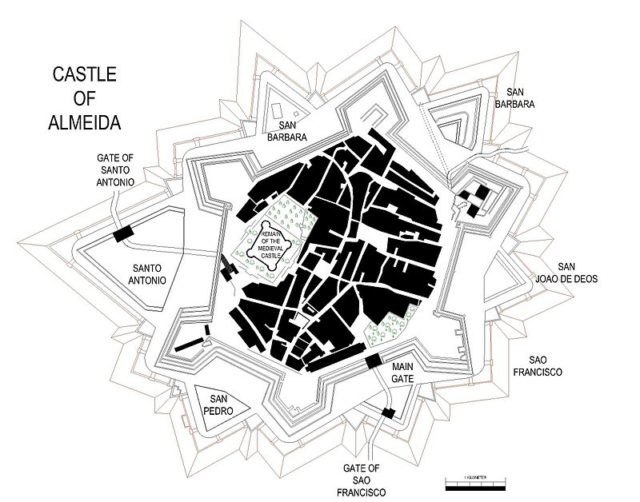
A stray French shell landed in the courtyard of the castle igniting a trail of powder leading to the gunpowder storing rooms. The ensuing explosion killed about 500 people and wounded several hundred more. Several cannons were destroyed and hundreds of thousands of musket cartridges. Despite their successful defense the British and Portuguese had no choice but to surrender.
There were larger explosions, but they were either planned engineering blasts or accidents such as lightning striking gunpowder storage areas. In the 20th century, there were massive explosions such as the horrific Halifax shipping explosion, often considered the largest non-nuclear explosion ever.
